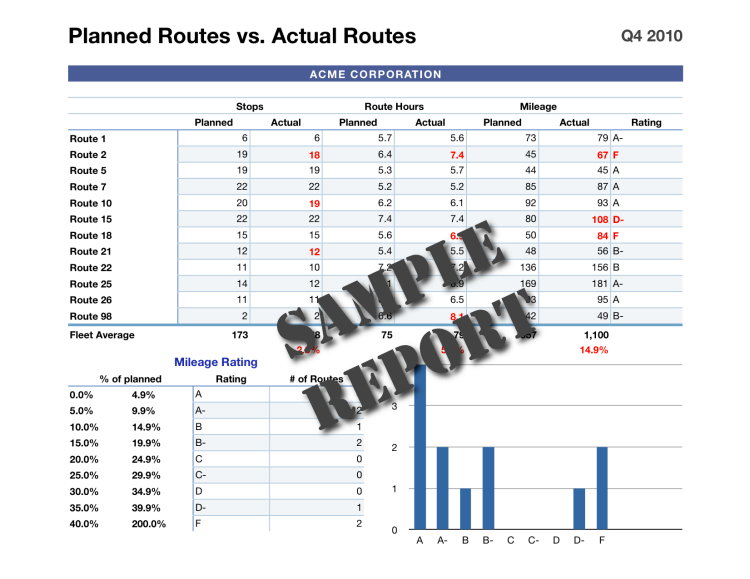MobileIQ’s route balancing techniques have been proven effective across many different industries over the years. This expertise eventually turned into the Route Balancing Project Guide. It’s a step-by-step blueprint provided to every client. Here’s a brief summary of what happens.
Download the complete MobileIQ Route Balancing Project Guide
1. Setup your HeadlightTM account
Select a plan based upon number of delivery contacts to be managed and invite additional users.
2. Import customer and route information
A one-time data snapshot can be used for pulling customer data. However, it’s preferable to install a data bridge between the billing system and HeadlightTM. This updates customer and route information including product prices, product quantities and delivery history automatically each night.
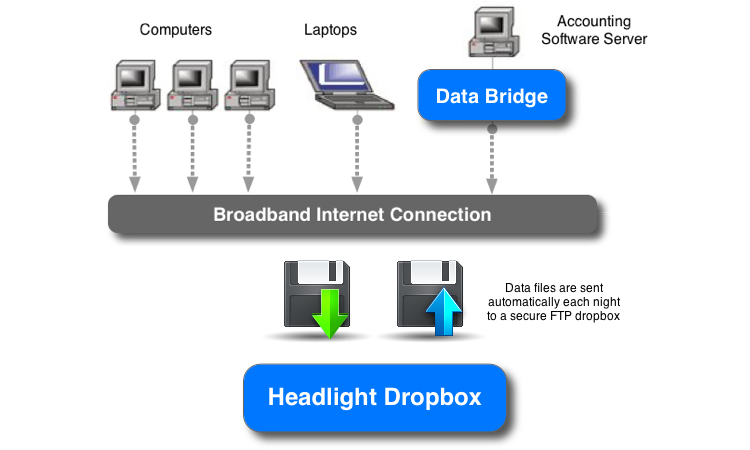

3. Validate delivery information
Make sure the correct information is being retrieved from the billing system. It usually includes map locations, product quantities, service times and revenues. HeadlightTM includes a Route Summary Report and additional tools for completing this step quickly.


4. Establish routing parameters
Complete the Fleet Information Sheet and 2 weeks of Route Logs. This is the “before” picture of the routes. MobileIQ reviews all completed Route Logs. Any problems with current route hours – including off-route time and activities – are reviewed and discussed.
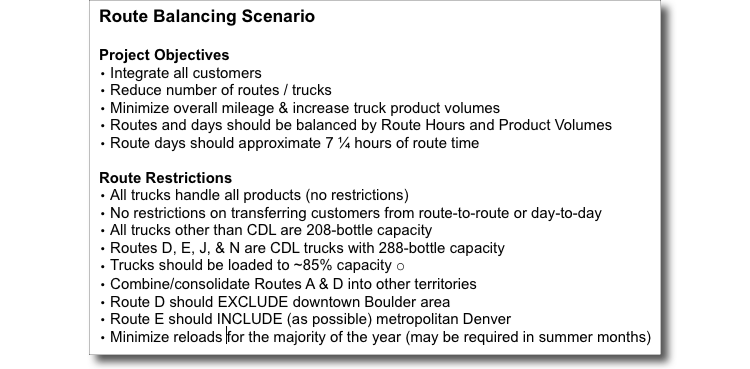

5. Scenario approval
After getting feedback from the service department, one or more draft Route Scenarios are created. Clients review the Route Scenario(s) and select one for implementation. The approved scenario is adjusted as required and implementation reports are printed.
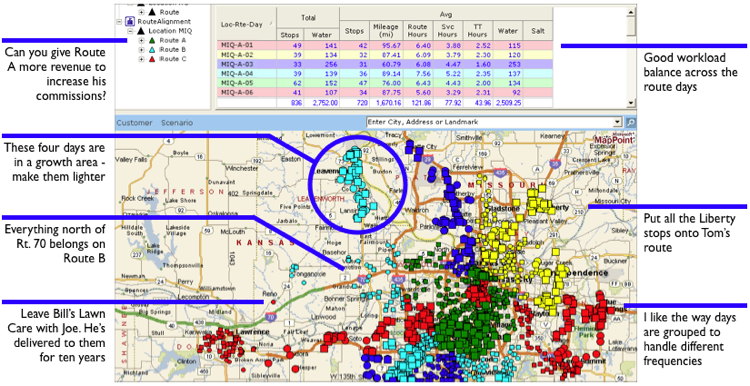

6. Route new customers properly
After approving a routing scenario, new customers should be routed against the approved scenario – not against the current routes. That avoids changing route days again after the Go Live date. HeadlightTM will do this automatically when using Suggest Routes.
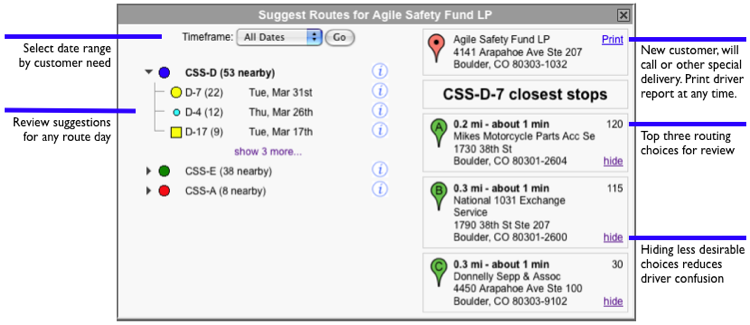

7. Customer notification
Inform the customers about potential route changes over the next several weeks. This can be done in many different ways: door hangers, bottle hangers, flyers, letters, phone calls and MobileIQ Route Calendars.
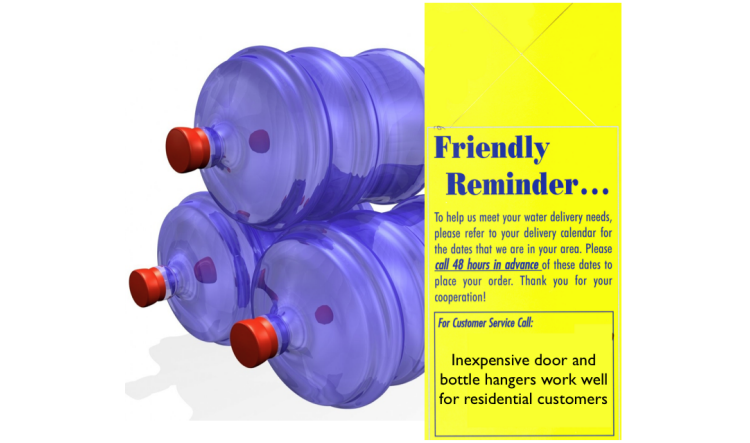

8. Product loadup
Customers might require extra product to prevent shortfalls. The idea is to minimize inbound customer calls during implementation and communicate clearly with the customers. MobileIQ provides a Product Shortfall Report that identifies exactly what’s needed for every customer.
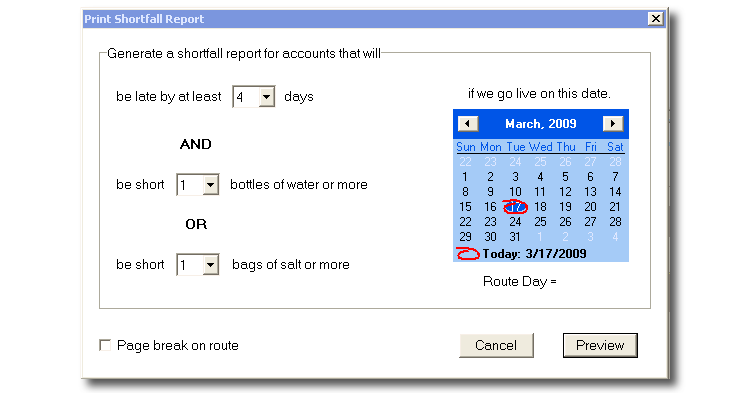

9. Distribute new route calendars
This happens approximately two weeks prior to the Go Live date (to minimize customer calls). MobileIQ can even handle this step for you. Personalized route calendar postcards are printed and mailed to every customer. You just provide an appropriate customized message.
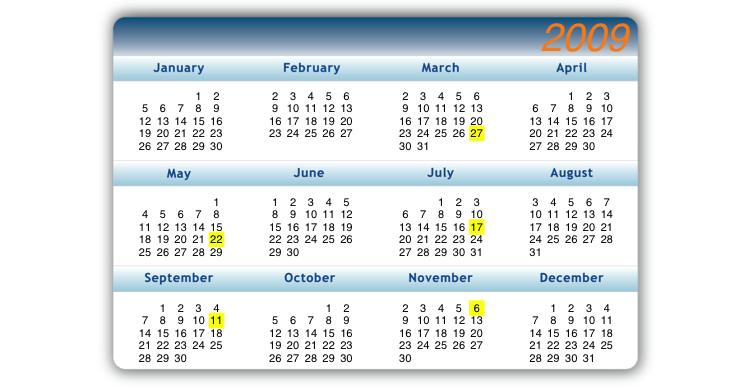

10. Update the billing system
Having a test database allows double-checking before updating the production system. It ensures all appropriate load reports, delivery tickets, and/or handheld updates are available on schedule. The route scenario is provided in Excel or CSV format for uploading.


11. Go Live
Congratulations – the new routes are running!!! Keep collecting Route Logs (the “after” picture) to determine the overall reduction in hours and mileage. Finally, use HeadlightTM to manage the fleet and maintain peak route efficiency at all times.

12. Consider adding GPS for a comprehensive solution
Although GPS can’t tell what the new routes should be doing, it’s a great way of identifying what’s actually happening on the street. You can retrieve information about stops, hours and mileage from the GPS reports and compare them with the Headlight reports. Another idea is implementing custom reports using the live GPS data feed to automate the reporting process. Here’s a sample report (Planned vs. Actual Report) to get you thinking about better ways of managing the routes.
